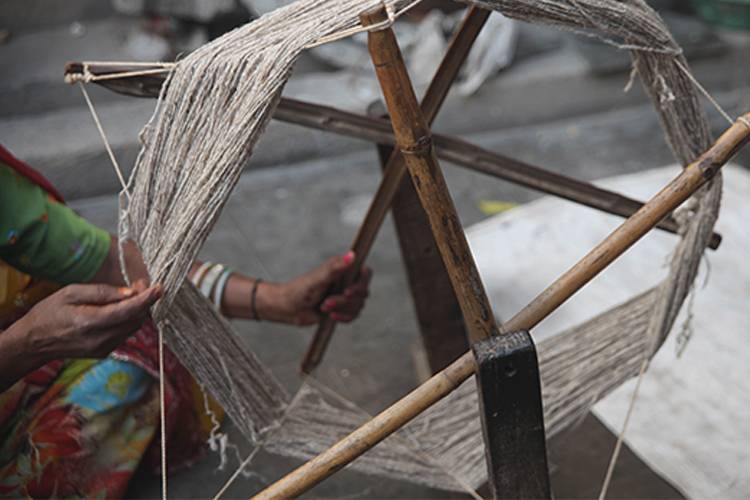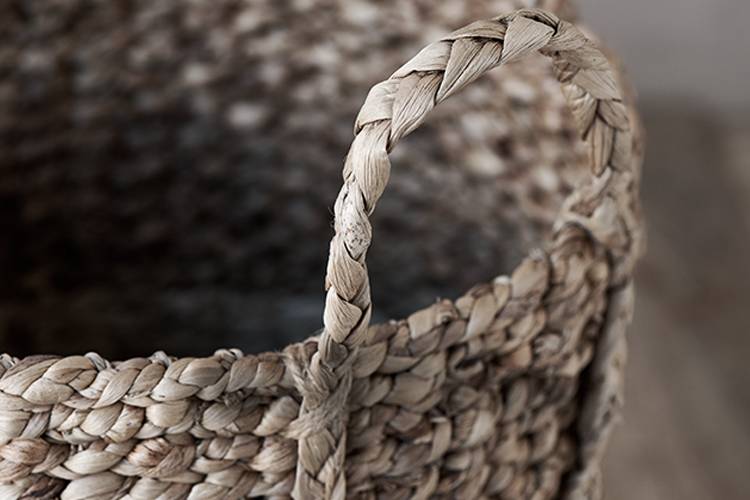Weaving on Handlooms
The ancient process of weaving on traditional wooden handlooms is very much alive in the creation of our interior furnishings, from upholstery and cushions, to rugs and wall hangings. The therapeutic thud of the loom, the swift movement of the shuttle and the skilled hand movements of the weaver expertly crafting patterns from memory is a pleasure to behold. Our collections are skilfully woven, braided and stitched by hand using these age-old methods.
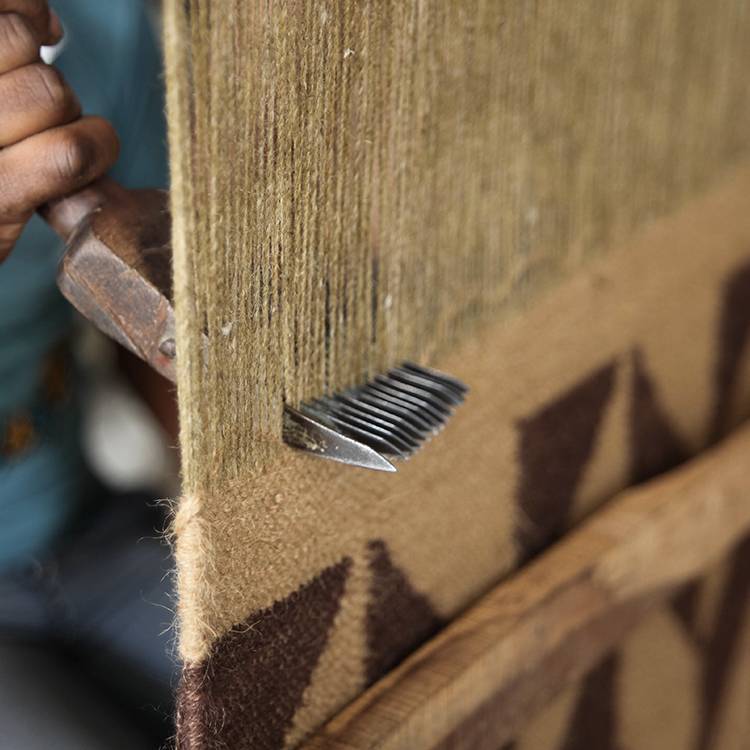
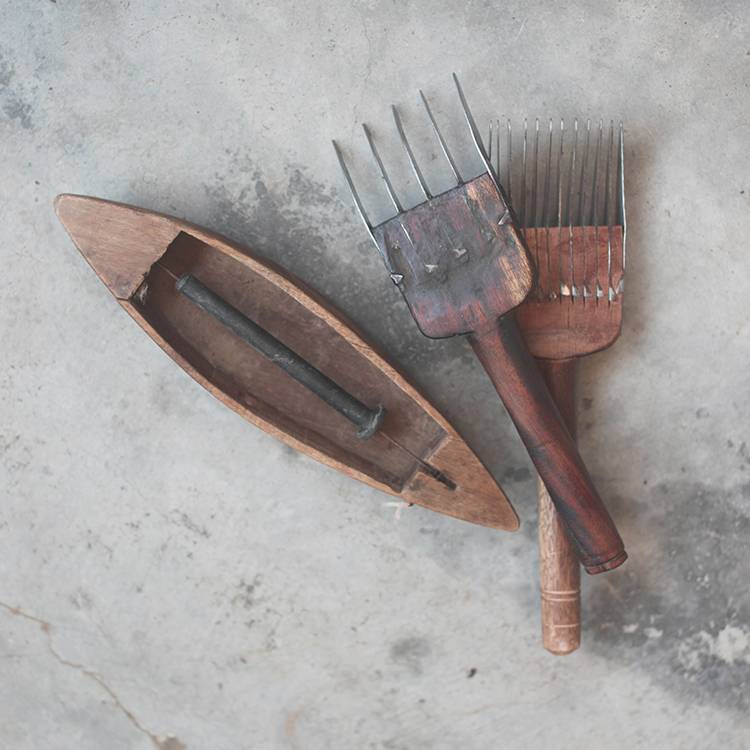
The eco-friendly properties of jute and hemp make them ideal for creating durable and tactile pieces for the home. Jute is a sustainable rain-fed crop that has little need for fertilizer or pesticides. It is a natural vegetable fibre that can be spun into coarse strong threads. Hemp equally does not require pesticides and its density of growth leaves little room for weeds. The warm golden hues of these natural fibres are the perfect base for the creation of these collections. We also use recycled materials from cut-off threads and fabrics from the garment industry, to new technologies, making use of waste materials to create new ones.
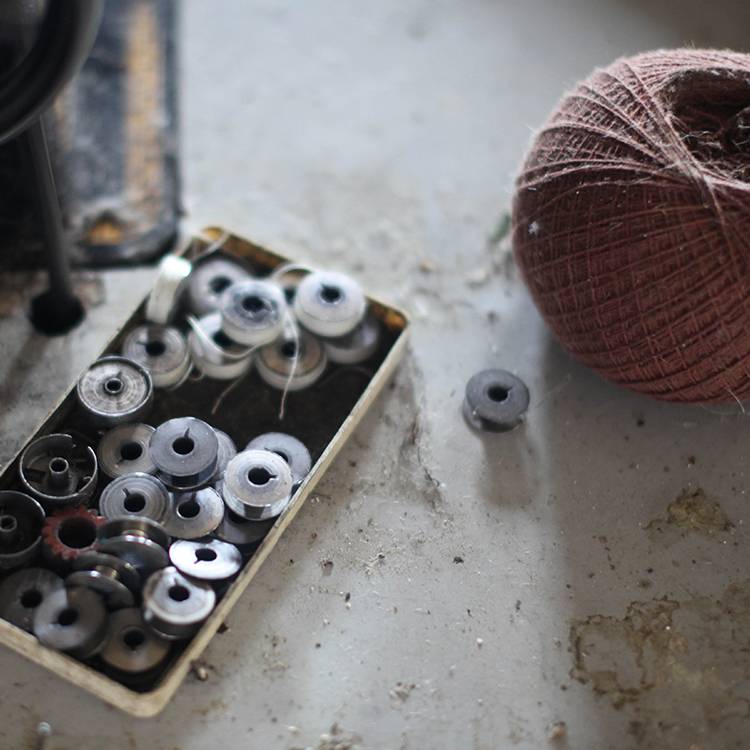
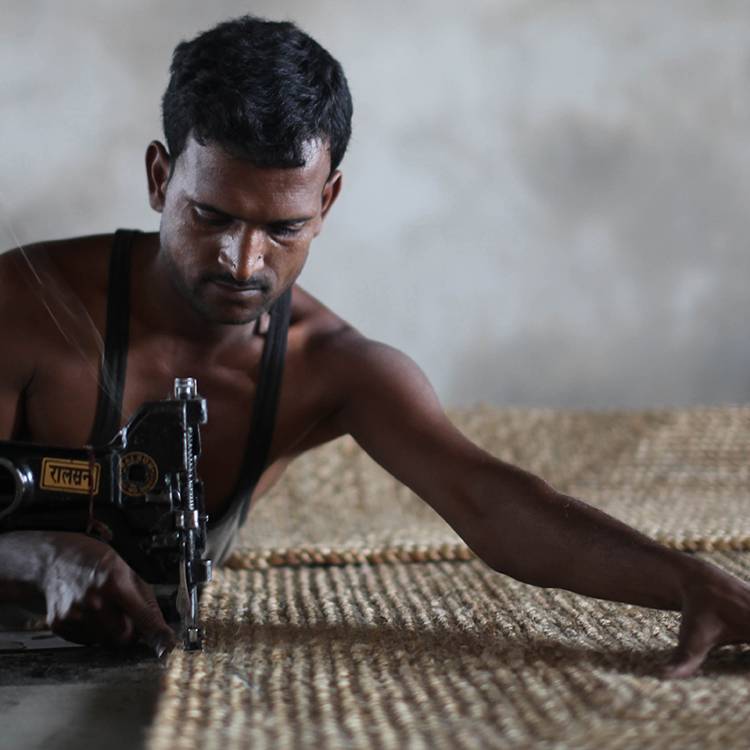
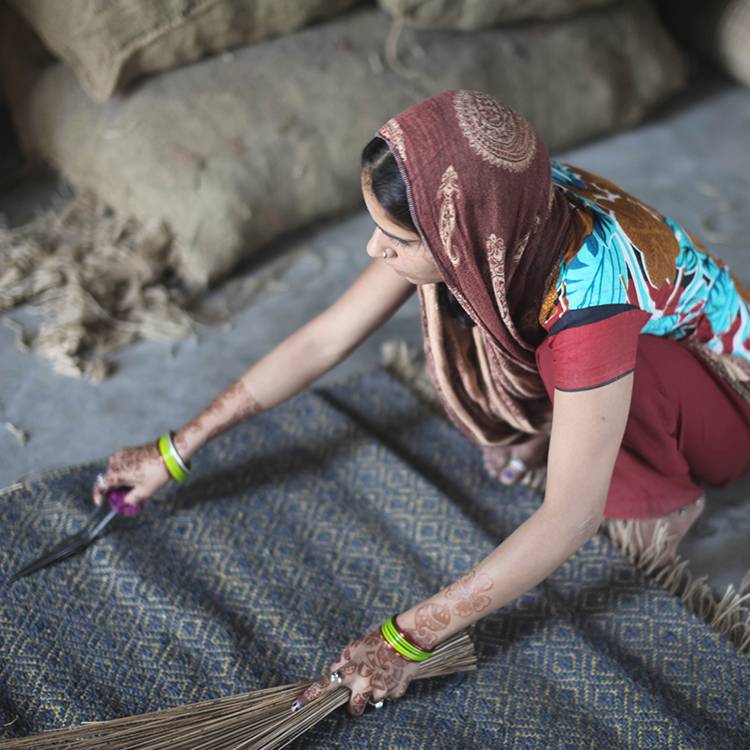
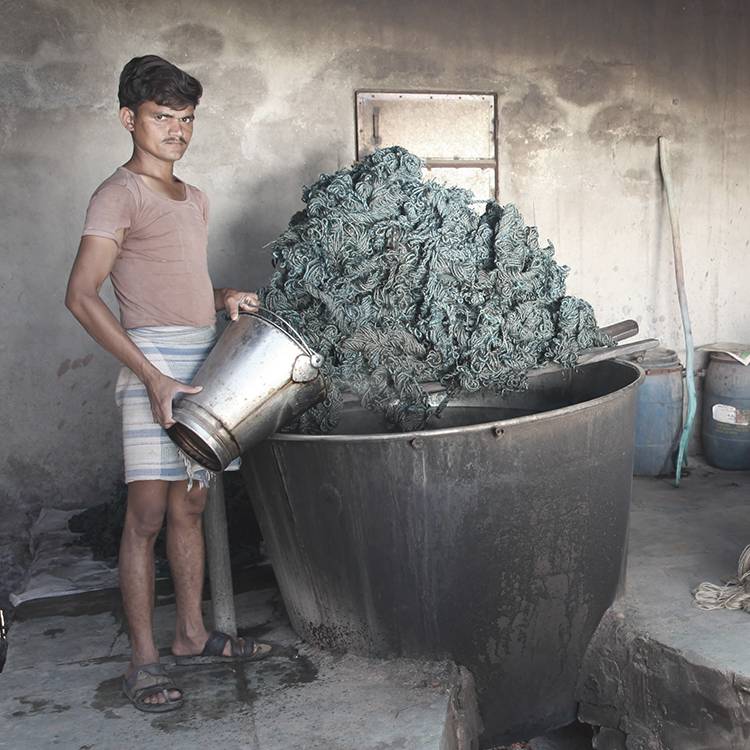

The handloom is one of the oldest crafts in India. Dating back thousands of years, the Indus civilisation created the first handloom, as well as spinning and dying textiles. It’s humbling to note that the same techniques in place all those years ago - traded to the Romans via the Silk Route - are still in use today. Today, the handloom industry employs over 4 million people. The handmade process behind our textile collections celebrates this incredible traditional craft, where the character and texture created by using a traditional loom has a noticeable difference to machine-made materials. It’s these finishes that form an important part of the Nkuku look.




